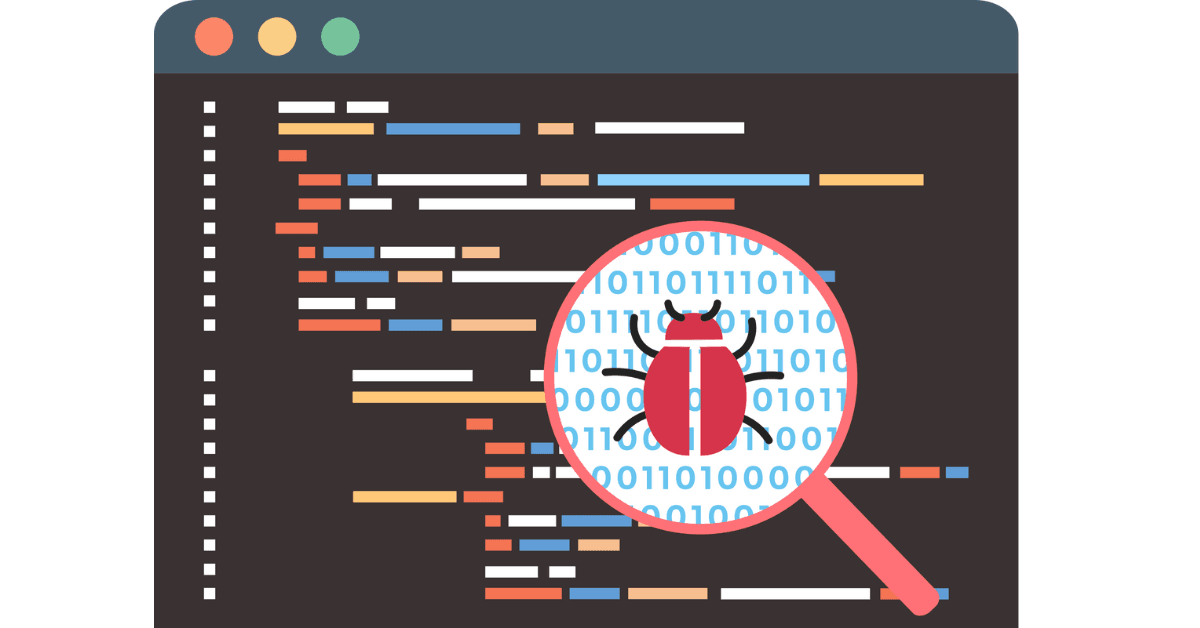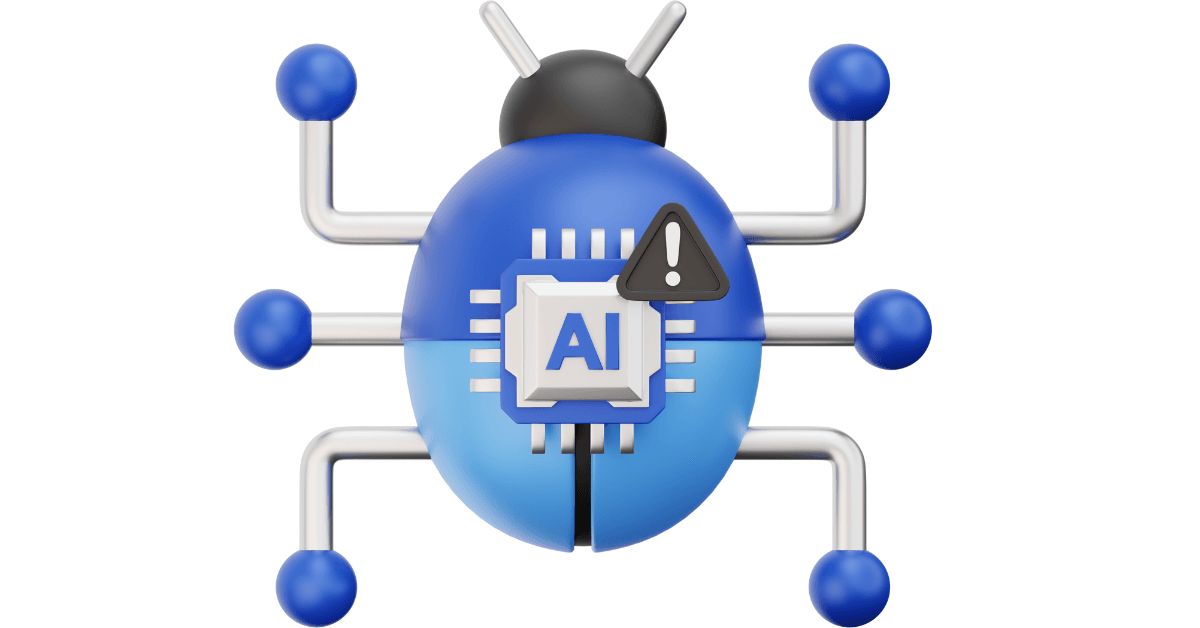From healthcare to banking, artificial intelligence (AI) has transformed sectors; it is not flawless yet. What Mistakes Does AI Make-AI systems still make clear blunders, some funny and others deadly, despite fast developments.
This blog will discuss common AI mistakes, their causes, and ways companies could reduce risks. Whether your interests are in artificial intelligence, business ownership, or development, knowing these shortcomings will enable you to apply AI more wisely.
1. AI Hallucinations: When Artificial Intelligence Creates Facts
Artificial intelligence models, especially large language models (LLMs), might “hallucinate”—boldly generating erroneous or nonsensical information.
Teaching on limited data results in gaps. AI generates guesses.
For fluency, over-optimization causes AI to give smooth replies top priority above accuracy.
AI lacks a real-world foundation, which means it does not possess true “knowledge.”
An artificial intelligence legal assistant once brought up instances of fraudulent court cases and dishonest attorneys. In sectors including law and health, such mistakes can have grave effects.
How would one fix it?
Add fact-checking layers—that is, cross-reference reliable databases.
Train models on domain-specific data.
For important outputs, use human-in-the-loop verification.

2. Artificial Intelligence Decision Bias and Discrimination-What Mistakes Does AI Make
Artificial intelligence systems often reflect human prejudices, leading to unjust outcomes in employment, lending, and police actions.
Biased training data, like past hiring favoring one demographic.
An algorithm’s flawed design amplifies existing biases.
Insufficient variation among teams working on artificial intelligence projects.
A recruiting artificial intelligence devalued resumes using “women’s” names, therefore highlighting how prejudice finds its way into automated choices.
Techniques for Minimizing Bias
Audit data for biased representation.
Apply fairness-aware algorithms that find and fix prejudice.
Spread AI training teams so they may find early blind spots.
3. AI Security Weaknesses: Adversarial Attacks and Hacker Behavior
Sometimes with just small adjustments, AI systems may be hacked, deceived, or controlled.
Forms of AI Security Threats
Adversarial attacks involve using stickers to deceive face recognition systems.
Data poisoning refers to the practice of providing artificial intelligence with false training data.
Model inversion attacks involve the theft of private information from the outputs of artificial intelligence.
Just by adding stickers, researchers fooled an artificial intelligence into misreading a stop sign as a speed restriction sign.
What measures can we take to protect artificial intelligence systems?
strong testing for hostile resistance.
Training data encryption helps prevent poisoning.
Track artificial intelligence for deviations.

4. The Challenges AI Has with Common Sense and Context-What Mistakes Does AI Make
Many times, artificial intelligence misinterprets context and results in either ridiculous or deadly errors.
Why Common Sense Is Missing from AI
AI learns just from text and data; there is no actual experience.
too much depends on trends without actual knowledge.
Problems managing sarcasm, comedy, or uncertainty.
Funny—but problematic—examples
AI chatbots that were asked for medical advice sometimes suggested negative behaviors.
Translation: AI turns “the spirit is willing, but the flesh is weak” into “the vodka is good, but the meat is rotten.”
How can we improve our understanding of context?
Teach artificial intelligence multimodally—text, visuals, and actual encounters.
Simulate real-world consequences via reinforcement learning.
Install guardrails to filter dangerous outputs.
5. Overfitting: AI Not Generalizing-What Mistakes Does AI Make
Overfitting occurs when artificial intelligence performs well on training data but struggles in real-world scenarios.
Why Overfitting Results From
Memorizing facts supplants learning patterns.
The complexity of the models captures noise, not signals.
Not enough experimentation on several datasets.
Effects of Overshooting
Medical artificial intelligence misdiagnoses rare diseases.
In turbulent markets, models designed for stock prediction tend to fail.
How may one stop it?
Simplify models when at all possible.
Apply cross-validation methods.
Test artificial intelligence often with unknown data.

6. The Hidden Impact of AI: Environmental Cost
The mass training of artificial intelligence models consumes a significant amount of energy, raising environmental concerns.
Unbelievable AI Energy Statistics
Training GPT-3 spewed around 500 tons of CO₂, or more than 300 flights.
By 2030, artificial intelligence data centers may consume 3–8% of world power.
How can AI become greener?
Choose energy-efficient hardware—that is, specialized artificial intelligence chips.
Optimize models to reduce unnecessary computation.
Replace massive generic models with smaller, task-specific artificial intelligence.
7. Employment Displacement: AI’s Double-Edged Blade
AI creates ethical and financial conundrums by automating occupations even as it drives efficiency.
Most at-Risk Jobs
Tasks such as data input and basic customer service involverepetitive duties.
Assembly line workers perform predictable manual tasks.
How should one adapt?
Train employees for positions enhanced by artificial intelligence.
Emphasize creativity and strategy—areas of difficulty for artificial intelligence.
Put moral artificial intelligence rules into effect to guarantee equitable changes.
In essence, negotiating AI’s flaws
Though imperfect, artificial intelligence is mighty. Understanding its flaws—hallucinations, prejudice, security concerns, and more—allows us to create more fair, dependable systems.
Important Notes
✔ Fact-checked AI results help prevent hallucinations.
✔ Audit for prejudice in order to guarantee equity.
✔ Safe AI models thwart hacking.
✔ Maximize sustainability efforts to reduce environmental damage.
AI will constantly be changing, but human supervision is still absolutely vital. The future of artificial intelligence is about wiser, more responsible use, not only about better computers.
FAQ:
What kind of mistakes can AI make?
- AI gets attacked by adversarial assaults, constantly generates false facts, and feeds negative prejudices from training data. It also lacks human common sense and misreads context.
What does AI get wrong?
- AI produces erroneous predictions from overfitted models, battles with complex language like sarcasm, and occasionally suggests risky behavior. Moreover, facial recognition usually misidentifies some communities more than others.
How much does AI get wrong?
- While chatbots hallucinate 15–20% of facts, medical artificial intelligence misdiagnoses 5–30% of patients. On some jobs, nevertheless, well-trained narrow artificial intelligence may reach above 99% accuracy.
How can AI be used incorrectly?
- When companies utilize untested models, overlook bias checks, or automate choices requiring human judgment, they are using artificial intelligence incorrectly. Likewise, depending too much on artificial intelligence without control usually backfires dramatically.
What bad things can AI do?
- AI can enable mass surveillance, disseminate false information at scale, and automate the development of damaging material. Even worse, compromised artificial intelligence systems can expose private information of great sensitivity.



